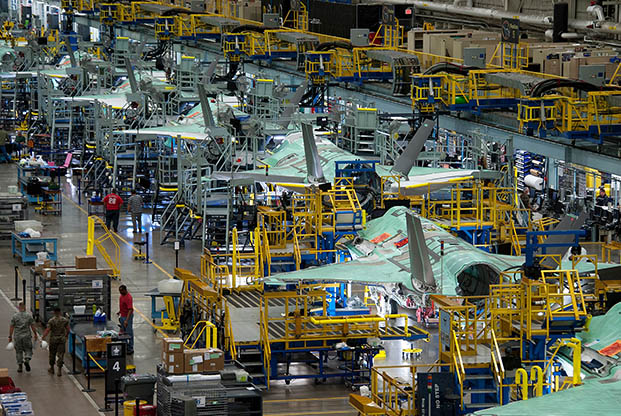JAPANESE PRODUCT TRANSPORTATION COST A key factor in the ability of U.S. firms to compete with Japanese firms in the U. S. steel market is ...
JAPANESE PRODUCT TRANSPORTATION COST A key factor in the ability of U.S. firms to compete with Japanese firms in the U. S. steel market is the cost of delivering steel to the United States from Japan. Estimates of this cost vary. Kawahito 118, p. 157) reports that conference ship rates are usually about 20 percent of the f.a.~~vÈlue of steel products at Japanese ports. Kawahito and others have noted, however, that conference rates are an inappropriate measure of Japanese shipping cost since the bulk of Japanese exports to tne U.S. travel in non-conference or chartered ships. It is suspected that sUbstantial discounts are obtained from the conference rates. Marcus (21, p. 25) estimates that dock to dock freight costs for steel products moving between Japan and the U.S. were 12.3 to 13.7 percent of f.o.b. product values in mid-1974 anå 11.4 to 13.6 in Spring 1975
. To the freight cost Marcus adds about 2 percent for insurance and brokerage and a 2 percent interest charge. Marcus does not report the source of his estimate. PMM (27, p. 26) estimate dock to dock freight plus insurance from Japan to be about 17.5 percent of the f .a. s. value of the product. PMM informed the authors that they based this estimate primarily on the difference between f.a.s. and c.i.f. values of imports from Japan. Both of these values -137- have been reported since 1974 in U.S. Census Bureau report FT 135. The c.i.f. value reported in FT 135 for cold rolled sheet was 16.3 percent higher than the f.a.s. value in 1974 and 15.2 percent greater in 1975. Bradford (3, p. 17-18) presents sample freight rates ~7; which, he informed the authors, were obtained from the records of a major Japanese trading company. Using cold rolled sheet as an example, to allow comparison with PMM,. he shows a freight cost to the east coast of $40.l0/s.t. between January and June 1975. This is about 13 percent of the average f .a.s. value of cold rolled sheet imported from Japan during those months. !I This includes loading and unloading but does not include insurance cost which he estimates to be about one percent of the value of the product. This same percentage relationship persisted in March 1977,
according to Bradford's narrative. The authors have examined a few rate sheets prepared by Japanese shipping agents, and these confirm the figures presented by Bradford. There is another indication that shipping costs may be somewhat lower than those estimated by PMM. While the difference between f.a.s. and c.i.f~ examined by PMM would seem to reflect the dock to dock cost of transportation, insurance, and brokerage, there are other data reported by the U.S. Census Bureau which give transportation cost directly. In Census 11 About $3l1/net ton as reported by the U.S. Census Bureau 139 J. -138- Report FT 246, along with the c.i.f. and f.a.s. data, there is ~nother figure labeled "charges." This figures is defined as "the aggregate cost of all freight, insurance and other charges, but not including U,S. import duties, incurred in bringing the merchandise from alongside the carrier at the port of exportation in the country of exporation and placing it alongside the carr ier at the first port of entry in the United States. (40, 1974, p. VI). Tne .charges" for products imported from Japan are consistently lower than the difference betwèènë.i.f. and f.a.s. For example, the average charges for cold rolled sheet were 8.9 percent of the f.a.s. value in 1974 and 9.4 percent in 1975.
From the definition, it seems likely that these charges do not include an interest charge and they may exclude some brokerage costs, but it is unlikely that these omitted costs would amount to as much as 4 percentage points. Census and customs personnel interviewed by the authors were unable to provide an explanation for the difference between "charges" and the c.i.f. less f.a.s. value. For countries other than Japan, there is generally little or no difference.

No comments